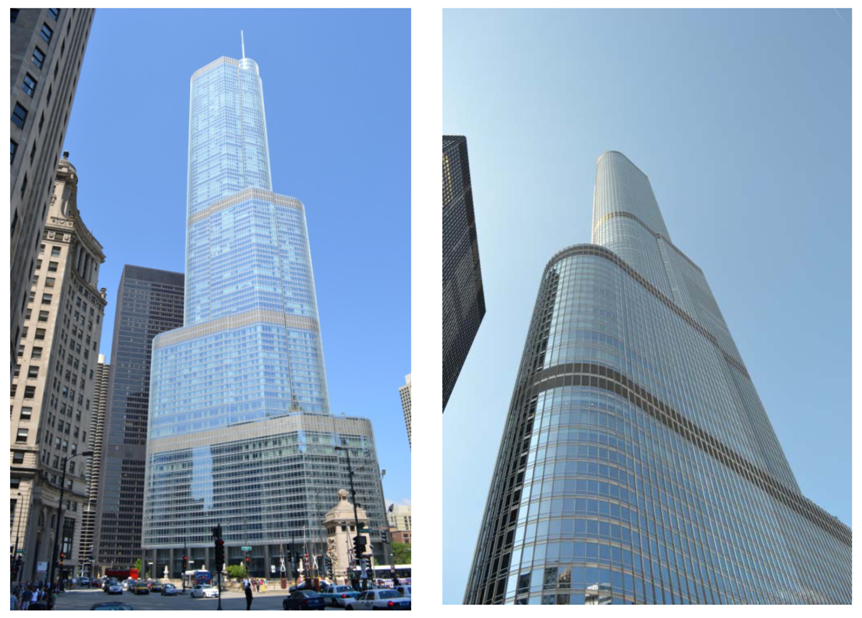

they can't get that without offering something living in return. So sorcery can not just summon up resources out of thin air, but that does not mean it cant enable resource availability where it would not otherwise be. and this is before you even try to tackle the issues of sanitation and distribution. since the total human population of Earth did not reach 500 million until the Renaissance or 1 billion until 1803, it is inconceivable for a Late Medieval or Early Renaissance city to grow to 10 million people unless your really fudge for a highly idealized population distribution and it literally conquered the entire world. Since your city would have about 10 million people, and your agriculture restricts you to a 10% urban population, this city logically must be the capitol of an empire with a population somewhere in the 500 million to 1 billion range. But since we are trying to push the envelope here, if you cherry pick largest city size to smallest national population estimates instead of using averages or most accepted estimates, you could take the top estimate of the city of Rome at 1.2 million and the bottom estimate of the empire's total population of 59 million and arrive at Rome being 20% of the nation's urban population.

While it only takes 10 rural people to feed an urban person before modern farming was invented, the largest city of a nation with upwards of 100 million people almost never exceeds 10% of the nation's total urban population. and not all historians agree that these cities actually exceeded 1 million people. Rome (200 AD), Kaifeng (1100 AD), Hangzhou (1300 AD), and Jinling (1400 AD) all belonged to nations with populations commonly estimated at 100 millionish people. It usually manifests as natural disasters, horrific disease, or simply a giant ball of invisible force that levels entire cities.īefore the end of the medieval period, every city in history that exceeded 1 million people was at the center of an empire with a total population of at least 100 million people. Wild magic is 'charged' magic without any target. You can turn lead into gold, but you can't create coins from the air. Sorcery cannot create new matter, nor can it destroy matter. It's a skill, just like being a blacksmith. Sorcery isn't something someone is born with. Sorcery doesn't have a set range, but the further away the target it the better the chance of things going wrong. Spells can take several days to do anything. In order to cast any kind of spell, one must have the 'fuel' (the death of a sentient living thing), a mage to 'guide' the magic (or you get wild magic) and a target. Magic is a natural force, while sorcery is interacting with that force. Theres also a magic system, of which I'll describe here. Humans make up most of the population, but the small other groups use roughly the same amount of resources. Is this even possbible? Sorcery can't just summon resources in this setting, so that option isn't present. I'm looking at a size of roughly 2,000 square miles in total and a population density of 5,000 people per square miles with a late medieval/early renaissance level of technology (15th/16th century). I would go into more detail, but this question was about the city itself and not the walls. The walls themselves are colossal, but were created/held up by sorcery.

I'm working on a small story, and in it I'm wanting to include a city surrounded by multiple layers of walls.


 0 kommentar(er)
0 kommentar(er)
